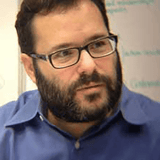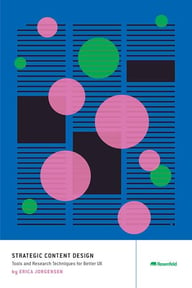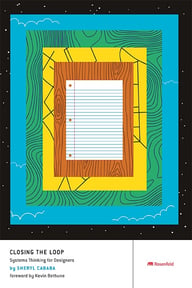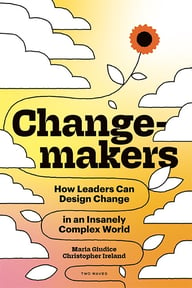Summary
Senseless acts of violence change lives forever. For the victims and their families, life will never be the same. But wounds, particularly those inflicted by racism and hatred, injure entire communities; and communities must find a way to move on. Civic design, practiced at a community level and led by leaders from inside, offers a generative approach to restoring agency, purpose and power. It has the potential to rekindle hope and trust, and to reclaim power, despite those who tried to take it away. This session illustrates how civic design is being used to heal an injured community.
Key Insights
-
•
Buffalo is one of the most segregated cities in America, contributing to systemic issues that can lead to tragedy.
-
•
Disinvestment and underfunding of certain neighborhoods create conditions ripe for violence.
-
•
The response to community tragedies must include immediate relief and long-term planning for healing.
-
•
Civic design should integrate community voices to create inclusive spaces that prioritize social sustainability.
-
•
Collaboration between government, private sector, and community organizations is essential for effective response and recovery.
-
•
It is important to create avenues for grief and emotional processing in the aftermath of a tragedy.
-
•
Community-driven initiatives can significantly aid in immediate recovery and long-term community rebuilding.
-
•
Siloed approaches in community engagement can hinder effective disaster recovery; a collective approach is better.
-
•
Understanding cultural needs is crucial for providing appropriate community resources.
-
•
Government presence in community spaces, even outside of crisis, is important for rebuilding trust and collaboration.
Notable Quotes
"Thank you for allowing us to be a part of the conference today."
"Buffalo is known for originating chicken wings, but we're also known for being highly segregated."
"Disinvestment is a reallocation of funds, which often leads to a recipe for disaster."
"Gun violence has become a routine in many communities, where people become numb to its prevalence."
"The tragedy on May 14th highlighted the urgent need for community healing and support."
"We realized that government cannot be the only solution in addressing community needs."
"Our community came together with such force; we started realizing that we are one."
"We have to enable people to grieve first before implementing change."
"Using emotions from the community can lead to meaningful action and long-term plans."
"You don't think about how disaster response happens until it happens to you."
















More Videos

"What are our rules of engagement for design?"
Jim KalbachJazz Improvisation as a Model for Team Collaboration
June 4, 2019

"Research ops is the people, mechanisms, and strategies that set user research in motion."
Fatimah RichmondThe Future of ReOps as a Strategic Function: A Roadmap for Getting There
March 25, 2024

"Quick wins help establish trust and credibility with stakeholders."
Magdalena ZadaraZero Hour: How to Get Far Quickly When Starting Your Digital Service Unit Late
November 16, 2022

"We need to be intentional about how we adopt inclusive design practices."
Saara Kamppari-MillerInclusive Design is DesignOps
September 29, 2021

"What I really gained from the time away from my desk is often hard to define."
Bria AlexanderTheme Two Intro
October 3, 2023

"Effective user research often requires thoughtful blending with market research methods."
Jemma AhmedBringing together market and user research
October 17, 2019

"It’s less about interaction and more about integrity."
Ron BronsonDesign, Consequences & Everyday Life
November 18, 2022

"Unless designed for digital use, personas and journeys don't get widely shared."
Sean DolanA Practical Look at Creating More Usable Enterprise Customer Journeys
October 31, 2019

"Failing to design for disability means designing for a future where you or someone you love may become disabled."
Samuel ProulxDesigning beyond caricatures: Embracing real, diverse user needs
December 4, 2024

















